Rank Species | Genus Humulus Higher classification Hop | |
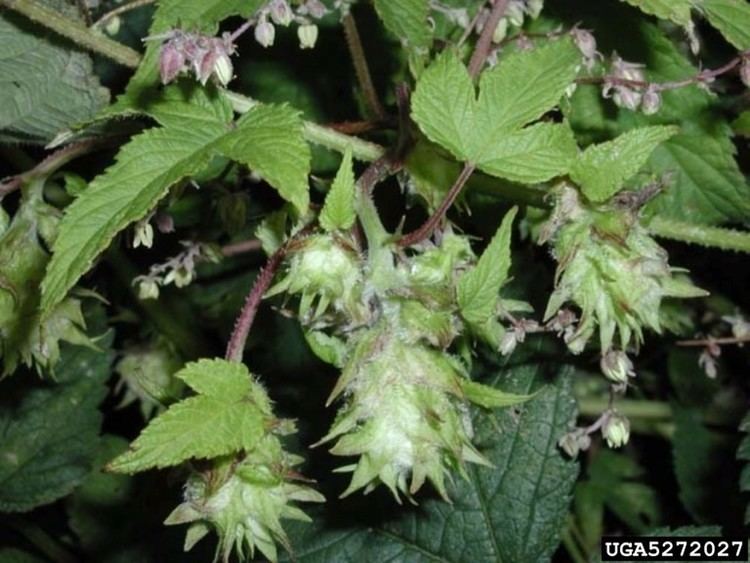 | ||
Similar Hop, Cannabaceae, Annual ragweed, Polygonia c‑aureum, Sicyos angulatus | ||
Humulus japonicus, known as wild hop or Japanese hop, synonym H. scandens is an ornamental plant in the Cannabaceae family. Originally found in temperate parts of Asia (China, Japan, Korea, Taiwan and Russia) and the tropical environment of Vietnam, Humulus japonicus was imported to the North America in the 1800s for use in an Asian tonic and as an ornamental plant. Since its arrival in North America, Japanese hop has been very successful in spreading in North America. It has a wide distribution and can be found throughout the Northeastern U.S. and eastern Canada. It is considered an invasive species in North America. The composition and chemistry of the oils found in Humulus japonicus differs from its relative the common hop, Humulus lupulus. As a result, the Japanese hop is not used in the production of beer.
Contents
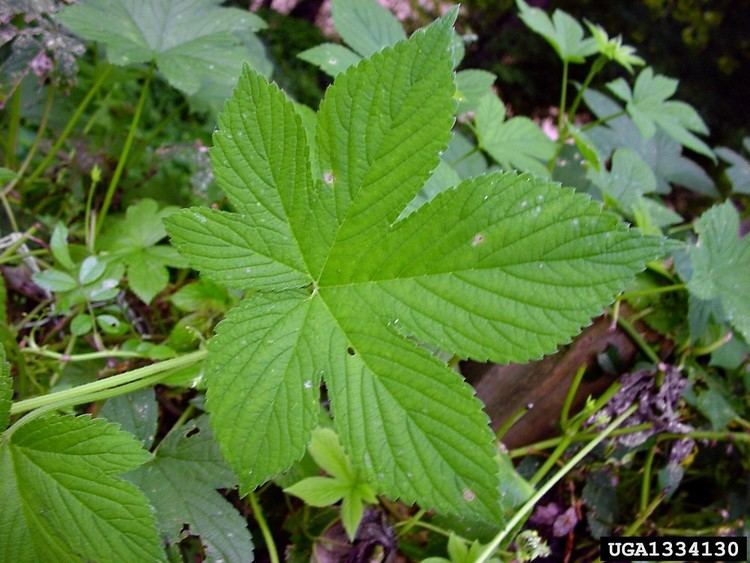
This species is a host plant for the butterfly Polygonia c-aureum, the Asian comma.
h
Description
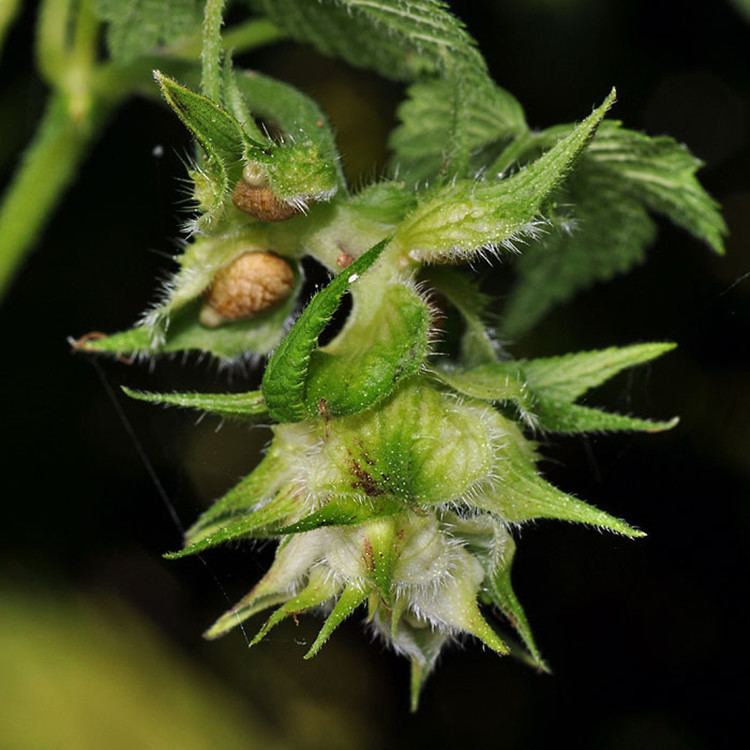
Well-developed leaves with 5-9 lobes; abaxial surfaces of leaves pubescent, but not densely so; infructescence rarely longer than 2 cm, with bracts and bracteoles less than 1 cm long, and notable spinulose-ciliate Inflorescences: staminate inflorescences erect, 15–25 cm, flower anthers without glands; pistillate inflorescences spikes, conelike, ovoid; bracteole ovate-orbiculate, 7–10 mm, pilose, margins densely ciliate-hairy. Infructescences pendulous, green, conelike, ovoid to oblong, (1-)1.5-3(-4) cm; bracteoles without yellow glands.
Dispersal
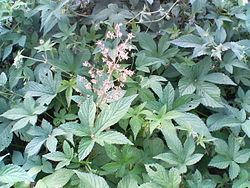
Seeds germinate in early spring, but plants may continue to emerge if conditions are favorable. Seeds can be dispersed by number of agents including humans, animals, machines, and flood waters.
Distribution and habitat

Humulus japonicus originates in temperate regions of Asia and the Tropics of Vietnam, but has become an invasive species in North America after the plant was imported in the 1800s. The plant has been immensely successful in North America. It has an enormous range in North America can be found throughout eastern Canada and the eastern half of the United States. In the United States Humulus japonicus has a lateral range from North Dakota all the way to Maine and a vertical range from Minnesota to Georgia. Japanese hops grow well given plentiful sunlight and moisture, nutrient rich soil, and are most commonly found along stream banks and floodplains. Japanese hops do not grow as well in shaded areas and drier soils. In milder climates, it can survive the winter.
Ecological threat
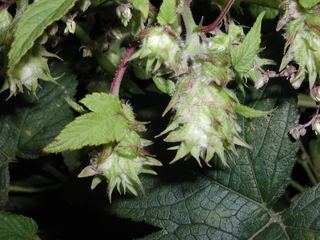
The Japanese hop is a plant that can adapt well to new environments. Its range and distribution in North America proves that it can thrive in a wide range of environments from the southern regions of the United States to the far reaches of northern of Canada. The Japanese hop grows and covers and area very quickly. Thousands of hop plants can grow in one acre and they can blanket a whole area covering up a majority of vegetation. The vines grow rapidly during the summer, climbing up and over everything in their path and can form dense mats several feet deep, blocking light to plants underneath.
